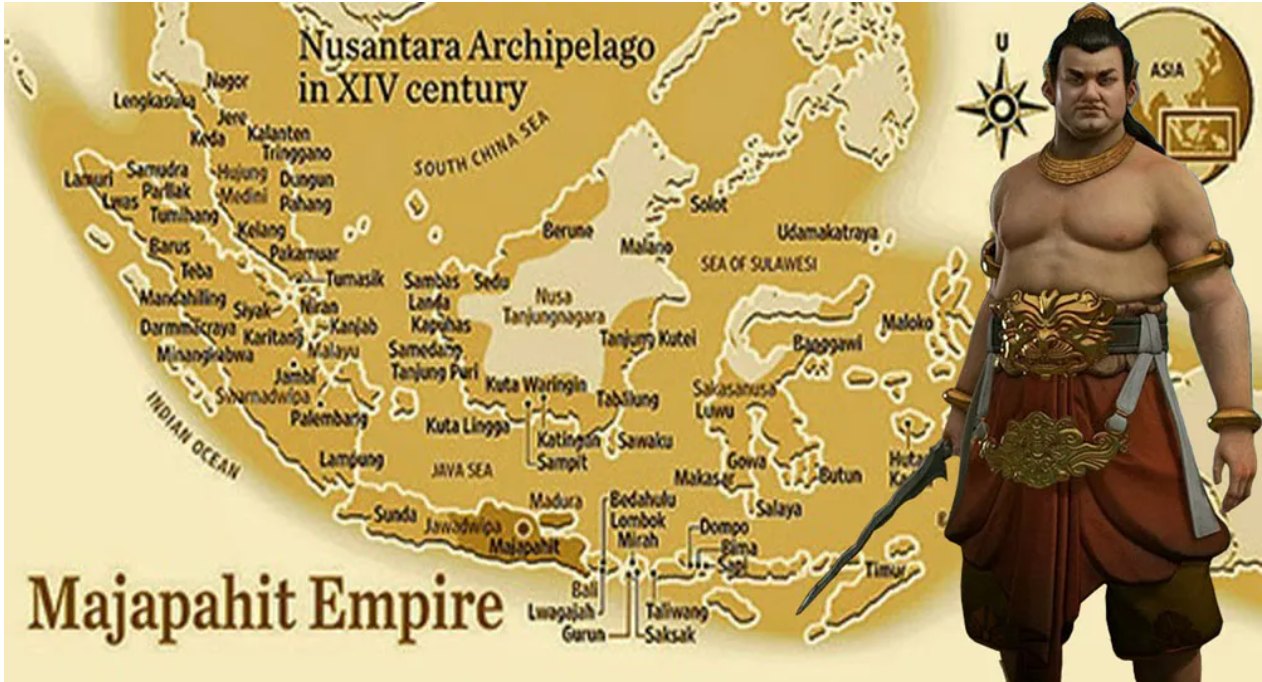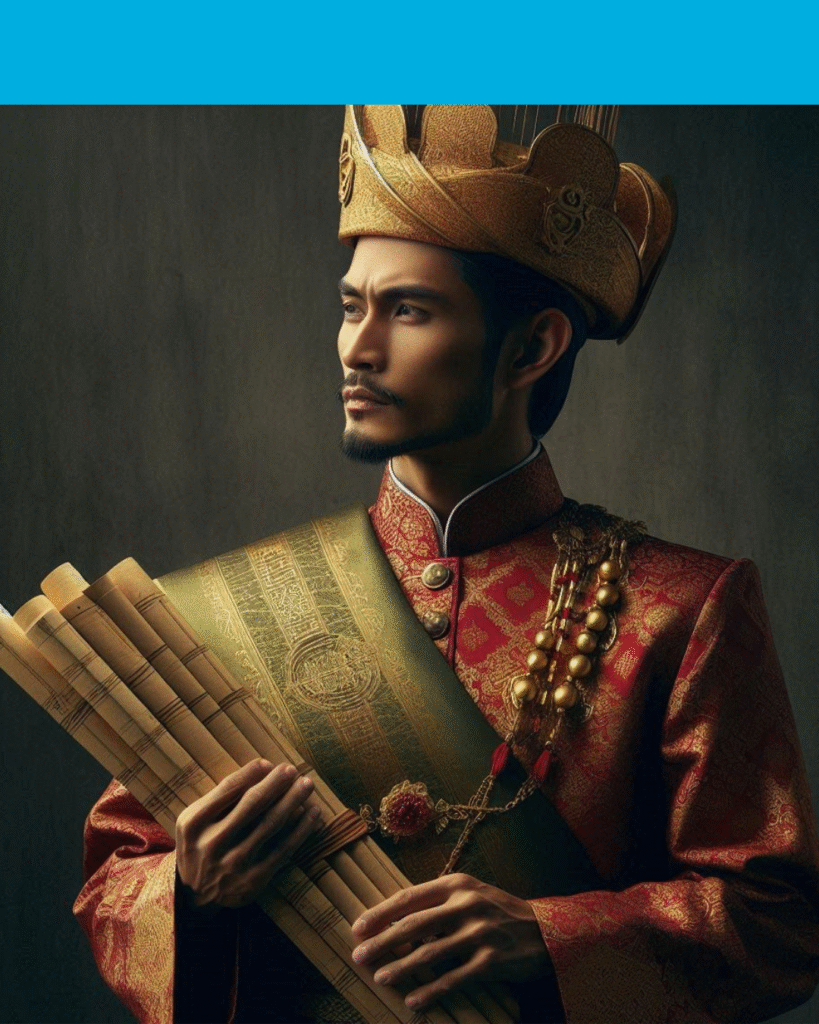In the 15th century, Geylang Serai as a distinct Malay settlement or cultural area was not yet established. The area that would later become Geylang Serai was primarily a natural riverine and coastal environment inhabited by sea nomads such as the Orang Laut and Malay fishing communities. Development into a structured Malay agricultural and residential area occurred much later, beginning in the early to mid-19th century when the British colonial administration dispersed the Malay floating villages and resettled the Orang Laut along the Geylang and Kallang Rivers.
The earliest clear historical and cultural identity of Geylang Serai as a Malay settlement and trading hub emerged around the 1840s to late 19th century, tied to activities like lemongrass (serai) plantations on estates such as the Perseverance Estate owned by the Alsagoff family. Prior to this, in the 15th century, the region would have been more of a maritime and natural landscape with scattered indigenous and nomadic populations rather than an established urban or agricultural community.
Therefore, the history of Geylang Serai in the 15th century is best understood as part of the broader coastal and riverine landscapes inhabited by the Orang Laut and early Malay maritime peoples, with its recognized development into a Malay cultural and agricultural settlement only occurring centuries later in the 19th century.[1][2][3][4]
[1] https://www.nlb.gov.sg/main/article-detail?cmsuuid=4d7a5b2d-f5ce-4a72-a68c-9e7291aec21e
[2] https://www.roots.gov.sg/~/media/Roots/Images/resources/muse/issues/010719_muse-magazine_vol12_issue1.pdf
[3] https://www.ura.gov.sg/Conservation-Portal/Explore/History?bldgid=GYLG
[4] https://www.roots.gov.sg/stories-landing/stories/Geylang-Serai-Heritage-Gallery
[5] https://www.nhb.gov.sg/~/media/nhb/files/resources/publications/muse%20sg/032-bemuse-v9-issue-01.pdf
[6] https://remembersingapore.org/geylang-serai-malay-village/
[7] https://asiajottings.wordpress.com/2018/07/15/singapore-kuan-im-tng-temple-and-geylang-serai/
[8] https://www.straitstimes.com/singapore/values-that-have-shaped-singapores-history-are-vital-for-the-future-heng-swee-keat


